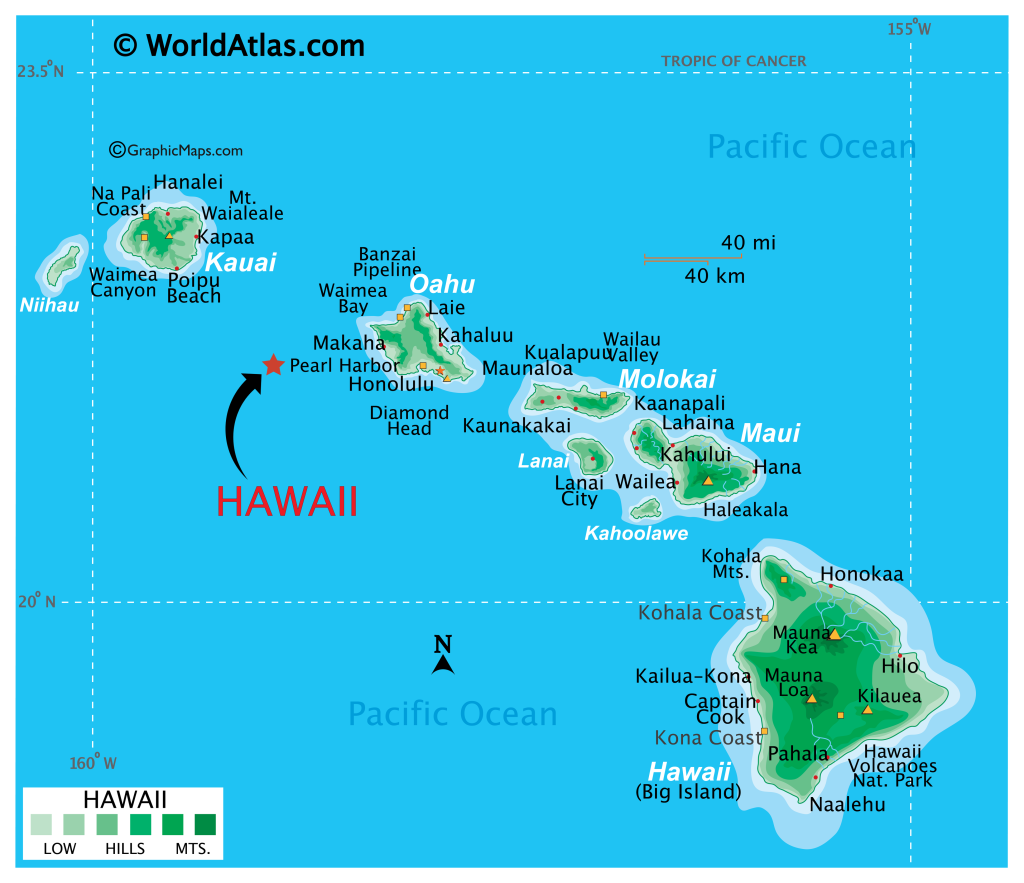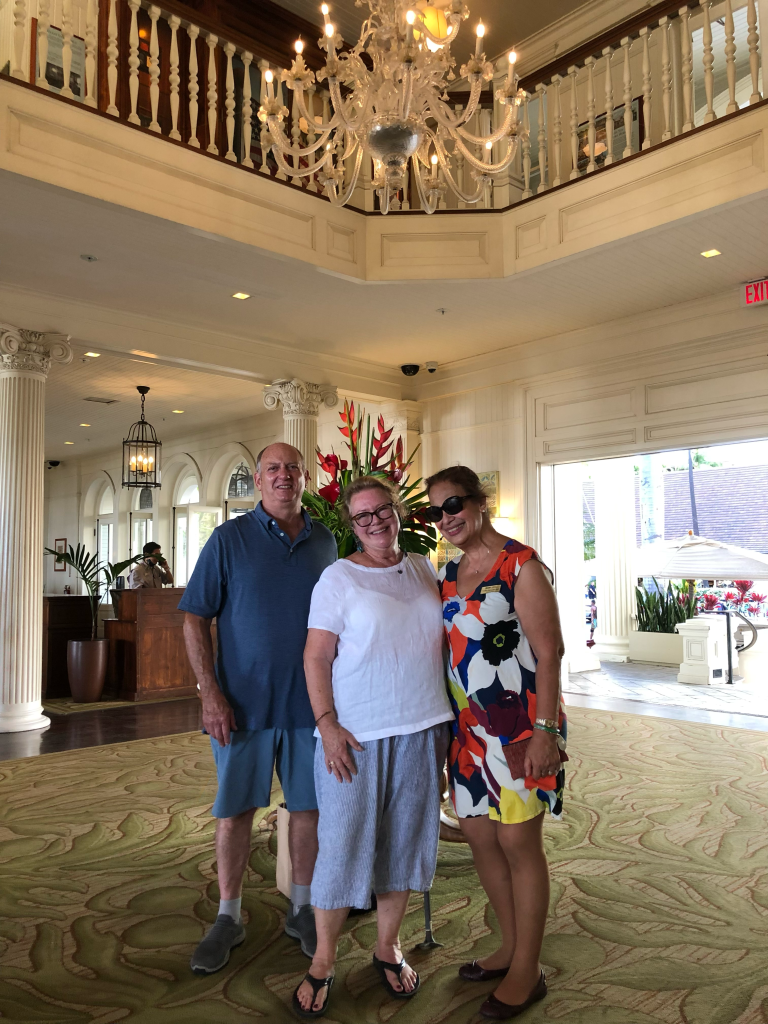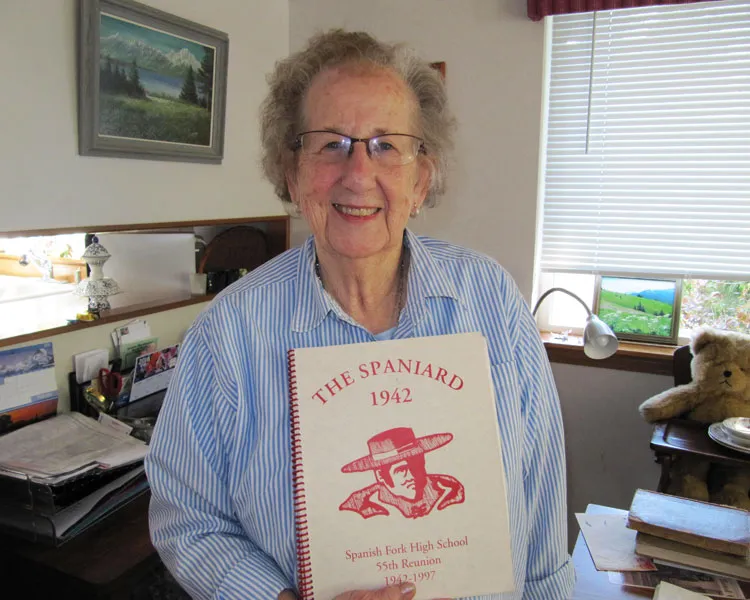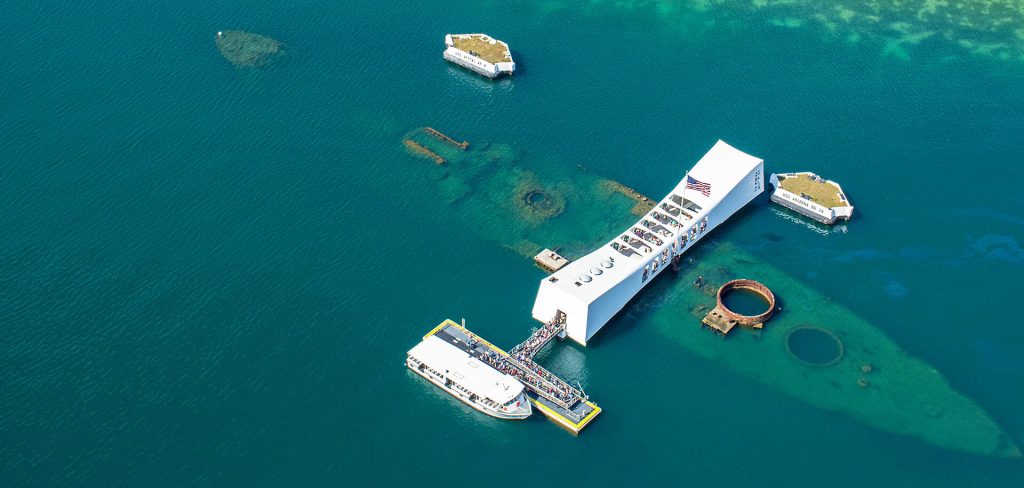Across the nation that unforgettable Sunday, December 7, 1941, as the news of the early morning surprise attack by the Japanese on Pearl Harbor blared from the radios, followed by shocking photos in newspapers, the grim reality of the devastating death and destruction hit home.
Approximately 2,403 American’s lost their lives, including 68 civilians. This number did not account for the 1,200 injured.

Where is this Pearl Harbor?
Over my 12 years of interviewing 60 WWII veterans, one question I like to ask always stirred emotion, “Before the war broke out, did you even know where Pearl Harbor was?”
All vividly recounted where they were on December 7, 1941, when the news arrived, yet most answered, “No!”
John Beyer was listening to the radio with his brother in their home in Wisconsin. He remembers that they were eating chicken sandwiches and put them down to get the Encyclopedia Britannica off the shelf to look up Pearl Harbor. John eventually became a pilot assigned to an aircraft carrier in the Pacific.
His wife Ginny, a freshman in college studying to be a librarian, had no idea of the location of Pearl. She remembers that soon after the attack when war was declared, there were very few men left in any classes, until the Air Corps Cadets arrived where she met John.
My father, Second Lieutenant Joe Frisino, had served his one year in the U.S. Army Signal Corps, and looking forward to being honorably discharged. When he walked into the mess hall that day everyone was gathered around the radio, he instinctively determined trouble had come to call. Yet, no one in his company could pinpoint the exact location of the Navy bases at Pearl or Kane’ohe. So, they found an Encyclopedia then prepared for battle in unknown places. Dad liked to quip he served four years of overtime.



Of course, there were those well aware of the location in what up to this point had been touted as ‘Paradise.’ The Moana Hotel, “The First Lady of Waikiki” (now the Moana Surfrider) opened in 1901 to lure the wealthy tourists to the enchanted islands. “The Pink Palace of the Pacific,” the Royal Hawaiian, invited 1,200 elite guests to their grand opening in 1927 with the Matson Line promising a luxurious trip to the island aboard the SS Malol

in the lobby of the Moana Surfrider Hotel
Imagine, they were the only two large beach front hotels in existence on Waikiki at that time. During the war, barbed concertina wire lined the beach in front of the Pink Lady out of fear the Japanese would attempt a landing and to protect members of the Navy who took up residence there. Submariners had no housing in the islands, so they spent their R&R in the grand hotel.

During one of my meetings with Thelma Kam, Historian for the Royal Hawaiian and the Moana, I learned the US Navy men on their R&R from their submarines had perhaps a bit too much fun in the hotel. Most of the original furniture, china, etc. had to be replaced. In fact, one of the only pieces left unscathed by the raucous warriors is the map of old Hawaii tightly secured to the wall in the entrance of the hotel.
Also, some men of the sea, those shipping goods, were versed in the Islands. In the spring of 1910 The Schooner Samoa entered Chico Bay, Bremerton, in Washington State, secured a full load of lumber delivering the Northwest timber to Hawaii to build the dock at Pearl Harbor.

Then there were those who had friends and family already stationed on Oahu, Hawaii at one of the bases, Army, Navy and Coast Guard.
I finally happened on Barbara Stewart Bradford, (pictured right), who, as a young woman, along with other Seminary Students in Utah, packed Thanksgiving boxes for the service men and sent some to Pearl Harbor. Alas, she had friends at Pearl who were among those who perished. She shared her yearbook with me pointing out those who would never return, not wanting their sacrifice to be forgotten.


Why Attack Pearl?
The Island of Oahu presented the perfect target for the Japanese. In striking the islands many military bases their hope was to inflict as much damage thus hampering a United States retaliation across the open seas to their homeland. The Nippon soldiers spent months preparing, utilizing one of their own islands, which resembled Pearl Harbor, to practice their attack, even adjusting their torpedoes for the depth of Pearls shallow harbor. As was their tradition, they attacked on a Sunday morning knowing our men would be in Church, or more at ease – not on high alert. On the same day, the Land of the Rising Sun also invaded the Philippines, destroying American posts and airfield’s, in their efforts to expand their conquest and control of the Pacific.
In this highly technical world we live in, it is hard to envision that without the TV, computers or IPhones, news from around the globe was limited to radio and newspapers. The world back then was large and unknown for the most part.
However, the “Day of Infamy” as President Roosevelt would refer to December 7, 1941, in his speech to our country and beyond, when he declared war on Japan, radically changed the United States isolationism. The need for expanding communication thrust us into a new era and beyond.
Now, Pearl Harbor, is widely known, viewed by travelers from around the world as a site that marks the onset of World War Two. It’s rich history, the burial site of the 1,177 men aboard the USS Arizona, and those who fought gallantly should continue to be a place we revere and remember.

